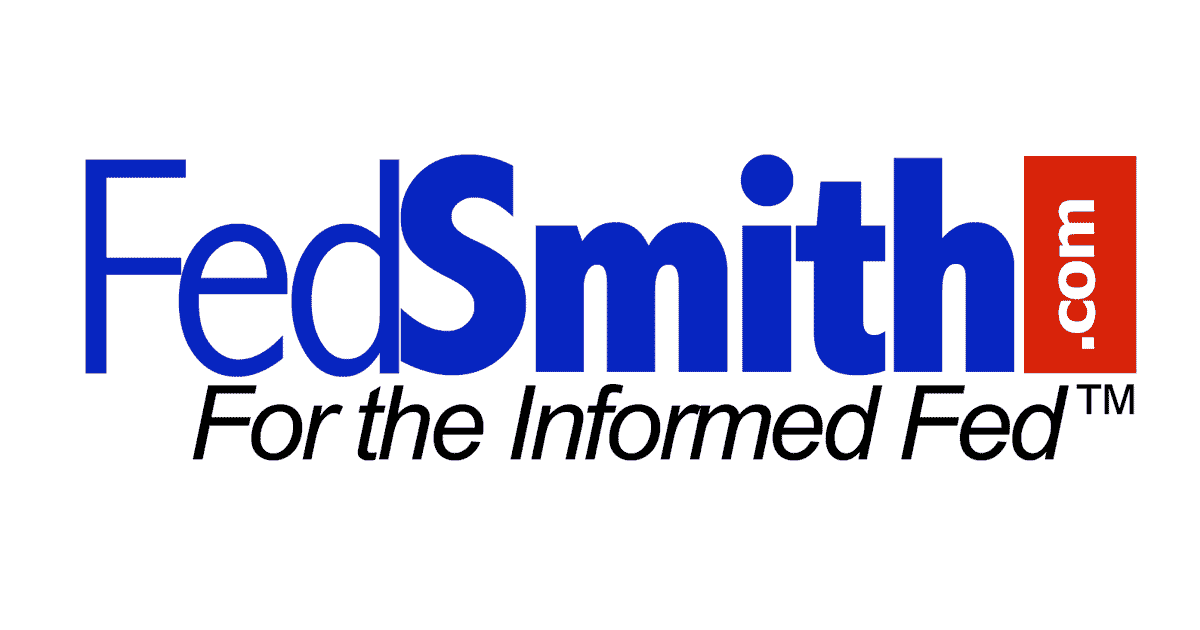The American Rescue Plan Act of 2021 passed by Congress on March 10, 2021 includes many non-tax provisions to help address the COVID pandemic. There are also tax provisions in this law that may help you reduce your 2020 taxes. The IRS has extended the 2020 tax filing to May 17, 2021, giving taxpayers additional time to prepare and meet their obligations in what is becoming one of the most complicated tax seasons in decades.
The legislation calls for an additional $1,400 stimulus payment to individuals ($2,800 for joint filers) plus $1,400 for each dependent. The eligibility for the payments starts to phase out at $75,000 for individual filers and $150,000 for joint filers. Many taxpayers are not eligible for a stimulus check due to the income phase-outs, but there may be ways for you to reduce income, thereby reducing taxes and possibly making you eligible for a stimulus payment.
The Senate added tax provisions for 2020 only. Up to $10,200 of unemployment benefits are exempt from taxable income for those under the income limit of $150,000. If you have already filed your 2020 taxes, the IRS will either adjust the return to exempt unemployment or provide further guidance.
Strategies to Reduce the 2020 Tax Bill
1. SEP IRAs
SEP IRAs can be used for self-employed, franchisers, and small businesses. Employers can contribute up to 25% of each eligible employee’s gross annual salary, and up to 20% of their net adjusted annual self-employment income if they are self-employed. The contributions cannot exceed $57,000 per person for 2020.
- The deadline for establishing a SEP IRA for 2020 is extended to May 17, 2021 or (October 15, 2021 with extension) for sole proprietors.
- The deadline for establishing a SEP IRA for 2020 is March 15, 2021 (or September 15, 2021 with extension) for partnerships, LLC’s and S Corps, and April 15, 2020 (or October 15, 2021 with extension) for C Corps.
You may participate up to the eligible limits for both the SEP IRA and the TSP if you are both self-employed and employed by the federal government. Many federal employees have a spouse that is self employed and can take advantage of this if they have not already done so.
Establishing and contributing to a SEP for 2020 will reduce your taxable income and may even allow you to qualify for a stimulus check.
2. Solo 401(k)
The Solo 401(k) is an individual 401(k) for a business owner with no employees. The only exception is your spouse who is working and taking taxable income from the business. If this is the case, you can both contribute to one Solo 401(k) plan. The maximum contribution for 2020 was $57,000, age 50 and over $63,000 (includes both employee and employer contributions). You have up until May 2017 of 2021 (or tax filing deadline with extensions) to establish a Solo 401(k) plan for 2020. However, only the employer contribution is permitted, which is 25% of income for the individual and a spouse. If your spouse is employed and contributing to another plan, the amount they can contribute to both employer 401(k) and Solo 401(k) is aggregated to the contribution limit of $19,500 ($26,000 if age 50 or older).
Establishing and contributing to a Solo 401(k) for 2020 before you file your tax return will reduce your taxable income and may even allow you to qualify for a stimulus check for 2020.
3. Health Savings Accounts
Health Savings Accounts (HSAs) provide a triple tax benefit: (1) Tax deductible contributions, (2) Tax-deferred growth and (3) Tax free income for healthcare expenses. There is no income limit to get this trifecta. HSA contribution limits for 2020: Self-only $3,550 plus $1,000 for those age 55 and older, family $7,100 plus $1,000 if HSA owner is 55 or older.
You must have been enrolled in a High-Deductible Health Plan in 2020 to contribute to an HSA for 2020.
4. IRA Contributions
The IRA contribution deadline has been extended to May 17, 2021, as well. The IRA contribution limit is $6,000, plus catch up contributions age 50 and over of $1,000, as long as you or your spouse has earned income. The spousal contribution limit is $6,000, plus $1,000 if age 50 and over.
Jennifer and Joe are both age 35, are the proud parents of twins, and file joint tax returns. Jennifer works full time as a director of a large industrial cleaning company, and Joe is a stay-at-home parent to the twins.
Their only income is Jennifer’s salary of $150,000. Jennifer can contribute $6,000 to her own IRA, and Joe can make a spousal IRA contribution of $6,000 to a traditional or Roth IRA based on Jennifer’s earned income.
If you are covered by a company or government retirement plan, you may not be able to get a tax deduction for your IRA contribution. See the phase-out chart below:
Phase-Out Ranges for IRA Deductibility
This chart is only for those who are covered by a company retirement plan.
| Year | Married/Joint | Single or Head of Household |
| 2019 | 103,000 – 123,000 | 64,000 – 74,000 |
| 2020 | 104,000 – 124,000 | 65,000 – 75,000 |
| 2021 | 105,000 – 125,000 | 66,000 – 76,000 |
You may also be eligible to contribute to a Roth IRA. However, there are earned income limitations that may make you ineligible.
Roth IRA Phase-Out Limits for Contributions
| Year | Married/Joint | Single or Head of Household |
| 2019 | 193,000 – 203,000 | 122,000 – 137,000 |
| 2020 | 196,000 – 206,000 | 124,000 – 139,000 |
| 2021 | 198,000 – 208,000 | 125,000 – 140,000 |
If your earnings exempt you from making a Roth IRA contribution, you may be eligible for a back door Roth IRA, but meet with a qualified professional first.
Stay clear of future tax reporting problems by completing form 8606 and reporting to the IRS with your tax return. This informs the IRS, “Hey, I already paid tax on these dollars!”
Use Form 8606 to report:
- Nondeductible contributions you made to traditional IRAs.
- Distributions from traditional, SEP, or SIMPLE IRAs, if you have ever made nondeductible contributions to traditional IRAs.
- Conversions from traditional, SEP, or SIMPLE IRAs to Roth IRAs.
- Distributions from Roth IRAs.
There are no income limits to contribute to the Roth TSP. If you are not already doing so, you may want to think ahead and be pro-active in your tax planning for the future by maximizing your contributions to the Roth TSP. Many people believe that taxes are on sale at present.
5. Unemployment Tax Break
While it is unlikely that you as a federal employee were collecting unemployment in 2020, perhaps your child or your spouse did. The American Rescue Plan Act of 2021 provides an unemployment tax break for 2020 tax returns: $10,200 of unemployment is not taxable for those under the income limit of $150,000. If your spouse was collecting unemployment, you should consider filing separate tax returns. The tax break is not available to those who earned $150,000 or more.
Consult with your tax professional before modifying your tax-filling strategy. Securities offered through J.W. Cole Financial, Inc. (JWC) Member FINRA/SIPC Advisory services offered through J.W. Cole Advisors, Inc. (JWCA) Franklin Planning and JWC/JWCA are unaffiliated firms.






